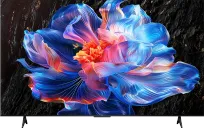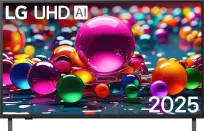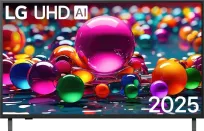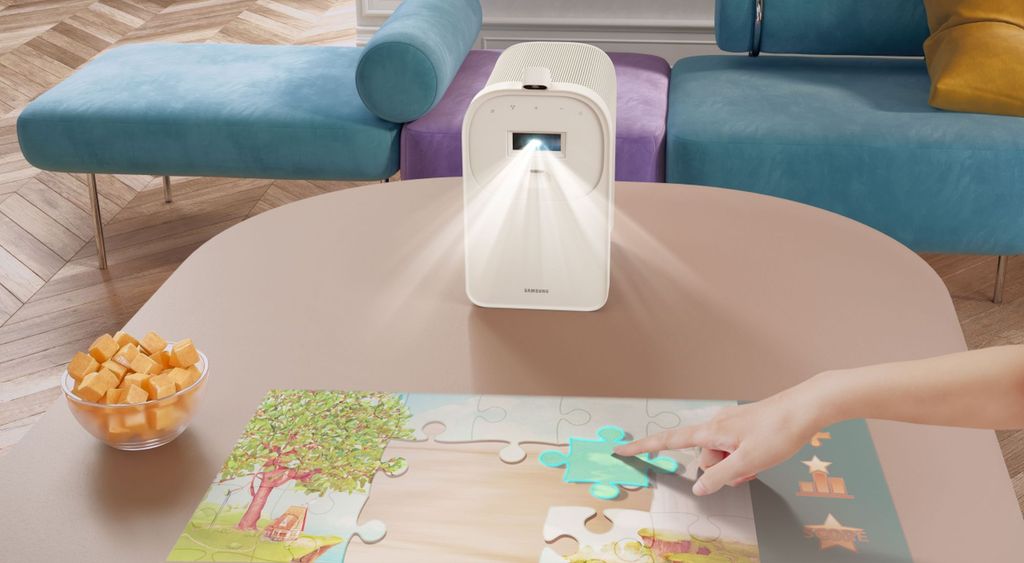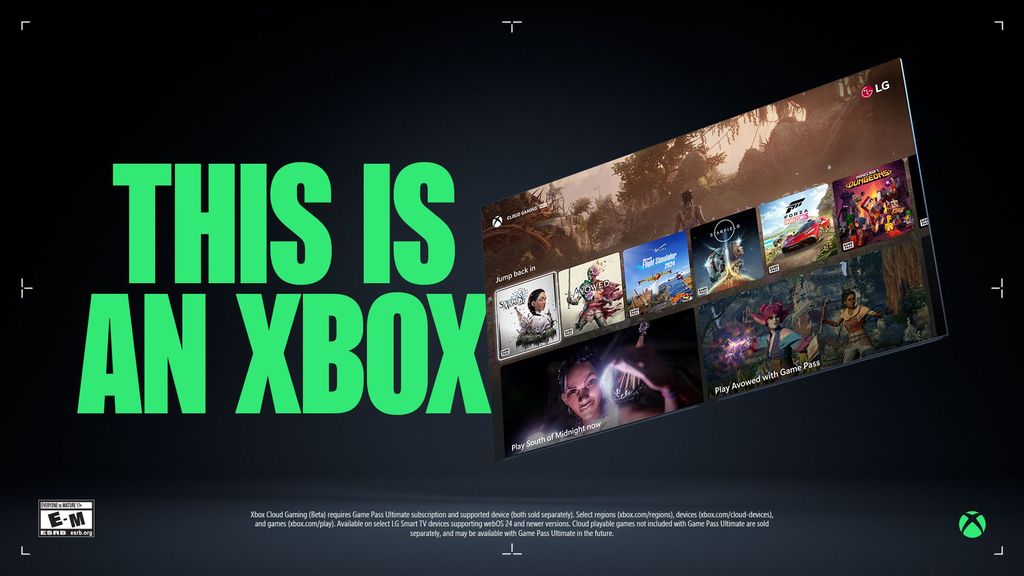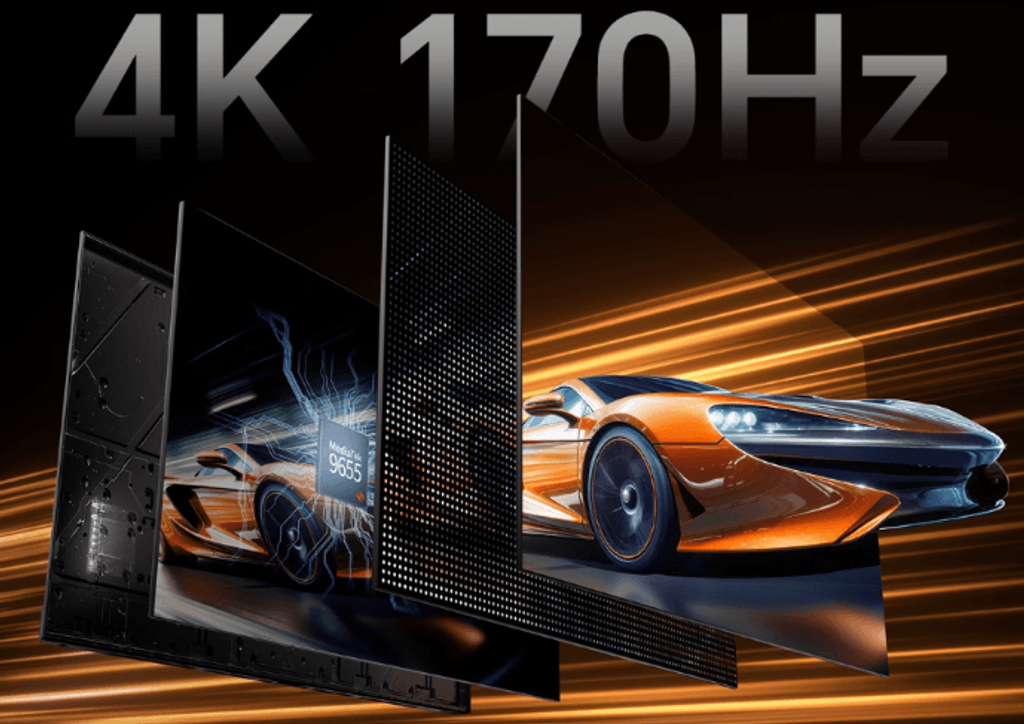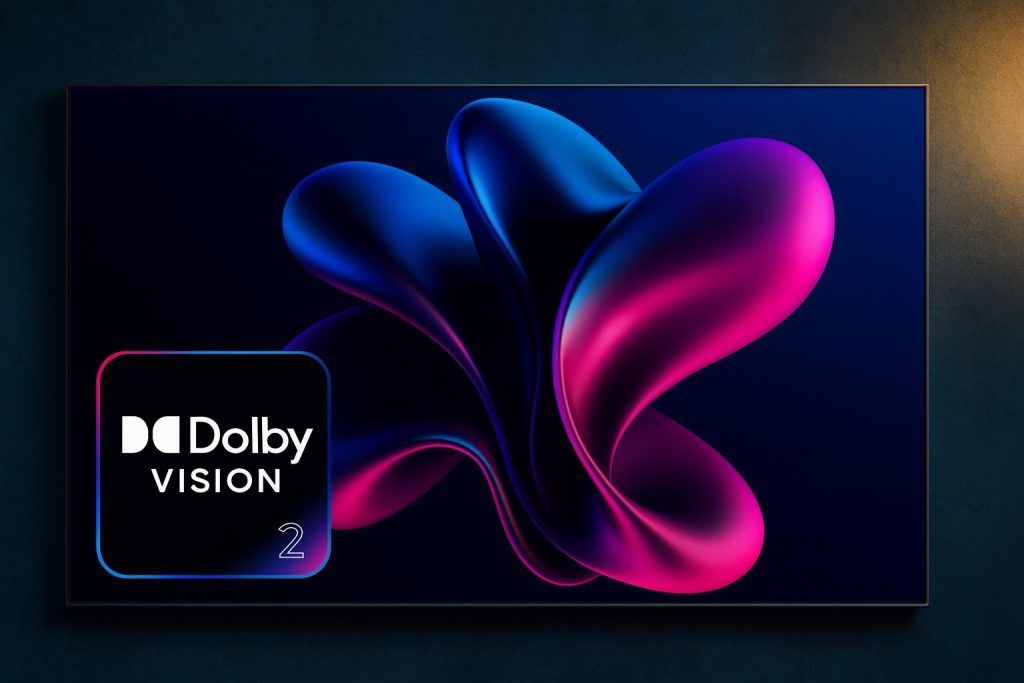
Dolby has officially presented Dolby Vision 2 – the successor to one of the most popular HDR standards. The previous version gave creators control over colors, contrast, and brightness in such a way that their works were presented on screens exactly as they intended. However, Dolby Vision 2 goes much further – it encompasses not only color reproduction but also motion and adaptation of the image to the viewer's environment. This is a step that could change the way we watch movies and TV shows – and at the same time divide the industry.
Content Intelligence – AI is set to brighten even the darkest scenes
One of the pillars of Dolby Vision 2 is Content Intelligence, a set of features supported by artificial intelligence. Dolby promises that thanks to these, the image will always be clear and readable, regardless of whether we watch a movie in a dark room or in a sunny living room.
The system will utilize light sensors in the television that will adjust the image presentation to the surrounding conditions. This is supposed to be a response to years of viewer complaints that some productions are "too dark" and unclear on average screens. We only need to recall Silo on Apple TV+ or the famous “Battle of Winterfell” in the final season of Game of Thrones.
Dolby assures that Content Intelligence “will improve clarity in any conditions without compromising the creator's vision.” This is an incredibly tempting promise – but the question is whether it will actually be possible to maintain a balance between the director's intent and the practice of everyday viewing.
Authentic Motion – a new way to move or yet another form of the “soap opera effect”?
The second, even more controversial feature of Dolby Vision 2 is Authentic Motion. Dolby promotes it as “the world’s first creative motion control tool,” allowing creators to decide scene by scene how the dynamics of the image should appear.
Why is this important? For years, most televisions have offered so-called motion smoothing – artificial image smoothing that transforms films shot at 24 fps into something that looks more like 60 fps video. Some viewers enjoy this effect because the image appears smoother. But most film enthusiasts and almost all directors criticize it for stripping films of their cinematic quality and adding artifacts.
Dolby claims to have a solution: Authentic Motion aims to reduce judder and blurriness while not turning the film into a “home video recording.” Moreover, scene-by-scene control will allow the director to decide where motion should be smooth and where to maintain the characteristic “jitter” of 24 fps film.
Does it actually work? It's hard to say for now. Dolby has not yet provided public demonstrations. It is also unclear whether the problem of artifacts, which has plagued all forms of motion smoothing for years, has been resolved.
What’s next for Dolby Vision 2 and who will be the first to introduce it?
For now, two things are certain. First, Hisense is the first manufacturer to announce that their new televisions will support Dolby Vision 2. Second, CANAL+ has joined the content creators side, declaring support for the new format in the production process.
Dolby has also announced two variants of the standard:
Dolby Vision 2 – intended for lower and mid-range televisions,
Dolby Vision 2 Max – for premium models, where differences may include better motion rendering, higher AI precision, or more advanced image adaptation.
Technical details, however, remain unclear. Dolby has not yet provided any release dates or full specifications. It is only known that the first presentations are expected at CES in January.
Will Dolby Vision 2 Change the Way We Watch Movies?
On paper, the new standard looks like a compromise between artistic vision and the convenience of everyday viewing. AI is supposed to ensure that movies are never "too dark," and the new motion technology is finally set to resolve the debate over motion smoothing.
However, what will be a breakthrough for some may be an interference in cinematic art for others. If Dolby truly allows directors to decide on the look of motion scene by scene, it may ease critics' concerns. But if it turns out to be just a new form of artificial smoothing, the discussion surrounding Dolby Vision 2 will continue for years.
 Katarzyna Petru
Katarzyna Petru






